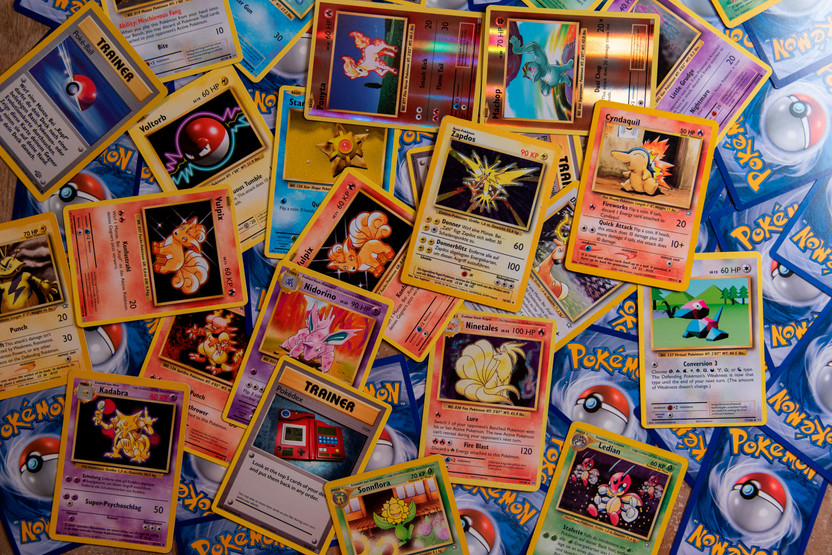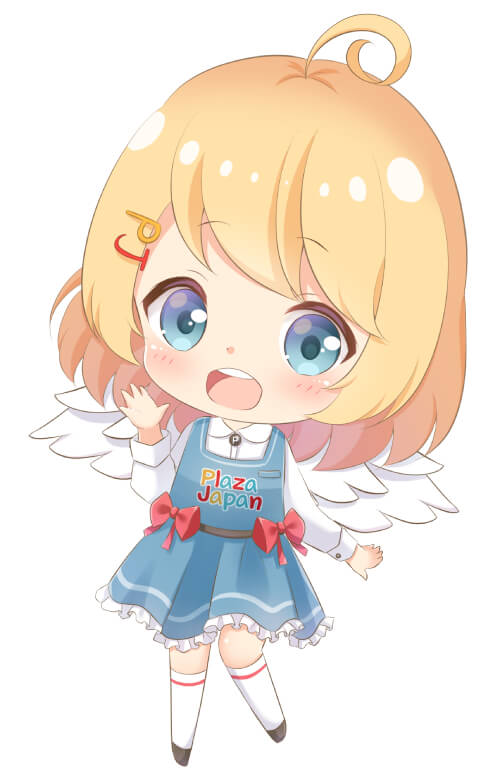Pokémon Cards Explained: A Beginner's Guide
Jul 14, 2025
Overview
- Types of cards!
- How to read a Pokémon card
- Things to keep in mind when collecting and storing
Are you excited to delve into the expansive world of the Pokémon Trading Card Game? Perhaps you’re brand new and need a bit more explanation about Pokémon cards before setting out on your first game. “Scarlet and Violet: Destined Rivals” focuses on Team Rocket, causing fans’ interest to blast off again to new heights. The enthusiasm for this literal game-changer means there’s never been a better time to jump in and start your journey to become a Pokémon master. Or, perhaps you are a returning trainer looking to recapture the magic.
No matter your familiarity, there’s plenty to unpack when it comes to the different types of Pokémon cards, how to play and collect, and how to store them when you’re not showcasing them or staging your epic battle in a tournament. Read on to learn more about Pokémon cards and how to get the most enjoyment out of your collecting and gaming!
Pokémon Cards Explained: Types of Cards
In order to set up your collecting and gaming the right way, it’s best to know about the different types of Pokémon cards and how they affect gameplay. These can be broken into three main types:
1. Pokémon
You likely don’t need it explained that Pokémon cards require the Pokémon themselves, but it’s worth noting the different types of Pokémon cards, such as basic Pokémon. Basic Pokémon cards are for Pokémon in their original (pre-evolution) forms, such as a Charmander without special abilities. After that, you’ll find cards for their evolved forms, such as Charmeleon or Charizard, and you will see other features such as “EX,” “GX,” or Prism Star, which come with other features and abilities described on the card itself. Other, more rare types include “Legendary” and “Mythical” Pokémon, such as Ho-Oh, Mew, and Celebi.
2. Trainer
Trainer Pokémon cards can be explained as support roles that help boost the stats of your Pokémon, whether by healing, giving the Pokémon enhanced abilities or special effects, or giving you the player more opportunities (for example, drawing more cards or searching your deck).
3. Energy
These power your card moves from attacks to retreats and need to match the kind of energy or type your Pokémon uses. For example, a grass-type Pokémon like Snivy needs grass-type energy cards.
Pokémon Cards Explained: The Anatomy of a Card
If you thought you’d get the details of Pokémon cards explained with an example, then take a look at Raichu.

On top of the card, you will see the Pokémon’s name, stage of evolution, its type, and its HP, or the amount of damage it can take before it faints. Because Raichu evolved from Pikachu, it is a Stage 2 Pokémon, with an HP of 110; because it is an electric type, you see a bolt on the upper right-hand side. In addition to cute artwork and Pokedex-like descriptions, the middle of the card describes which moves your Pokémon can make, how many energy points the move costs, and what the moves do. In the case of this Raichu card, it requires at least two electric type energy cards as well as a “colorless” (neutral) energy, and it will deal 130 HP in a move while damaging the Raichu for 30.
On the bottom are the descriptions for other statistics, including weaknesses where Raichu will take more damage (two times more against fighting types) and that it will cost one colorless energy to retreat the Pokémon. While different types of Pokémon cards mean different abilities, this layout is essentially the same.
Energy cards are usually straightforward, as they simply reflect the type of energy they represent. Trainer cards are also more straightforward, with just the artwork and the special features they offer. There are even more varieties for both these kinds, but for the purpose of a beginner’s intro to Pokémon cards explained, just know that even more exciting details await your discovery!
Pokémon Cards Explained: Getting Decked Out
In a standard Pokémon game, every player needs a deck of 60 cards, where at least one Pokémon is Basic. You can’t have more than four of the same kind of card minus the basic energies you need to boost your moves.
After that, there’s a lot of philosophy that goes into deciding which of the different types of Pokémon cards to mix and match. Some players like to build their decks around a few of their favorite Pokémon, while others choose based on special abilities, types, or even generations of Pokémon. This part is the one about Pokémon cards that’s best not explained, but rather simply enjoyed as part of your own evolution as a trainer!
Sets
This ability to build your favorite team is also why the massive booster sets that are released are so popular, as they greatly enhance the number of cards in your arsenal! These are generally released three to four times a year and as part of a series or theme (such as the more recent Scarlet and Violet collection). These sets can be giant, as some offer over 200 cards, and all offer many rare collectibles beyond the cards themselves, such as commemorative art, coins, and more.

Boost It Up
For those who have a basic idea of cards they want but are ready to be surprised about the specifics, a few booster packs sold in tens by theme can greatly help round out a player’s selection. For each booster, expect there to be four common types, three uncommon types, one energy card, and three foil types, where at least one of those will be rare or higher. You will also get a code for the online version of the TCG to build a virtual deck, too!
Pokémon Cards Explained: The Collector’s Edition
Let’s delve into the different types of Pokémon cards with plenty of value off the gaming mat, including their rarity and other special features.
- Common Pokémon cards are what they sound like, and uncommon ones are just slightly more rare and generally with more and better abilities.
- There are many varieties of rare, and their designation is found both on the art and on the lower left of the card. Common has a circle, uncommon shows a diamond, and rare and above shows an increasing number of stars.
- These include the shiny holofoil or reverse holofoil, as well as rare, ultra rare, secret rare, and hyper rare, in ascending order of availability, moves, and uniqueness in artistry. Some of these can be incredibly valuable!
- This rarity gets even more exciting when you think about the differences in artwork by region. There’s a reason why Japanese Pokémon Cards are some of our most popular offerings at Plaza Japan!
Pokémon Cards Explained: Their Care and Keeping
As we wrap up our intro to Pokémon Cards explained, let’s remember that Pokémon cards are valuable investments, both for your entertainment and (when you play your cards right) even financially!
To make sure your cards are always in peak condition, make sure to keep them in card sleeves, and many collectors insist on two: one for fitting more snugly and one for safe measure. There are also great ways to store your cards for display, and one of the top favorites is with decorative boxes and binders designed for card collectors. Explore our selection for plenty of tournament-friendly accessories that Team Rocket will be tempted to steal!
Ultimately, Pokémon TCG has been going strong since the mid-90s, and with good reason: no matter how many updates and exciting features, at its heart, it is still the friendly and familiar playing card game you know and always loved. We’re excited to introduce you to Pokémon card gaming, and we look forward to starting you on your adventures catching ‘em all!
 JPY
JPY  Euros
Euros
 British Pounds
British Pounds
 Australia Dollars
Australia Dollars
 US Dollars
US Dollars
 Canada Dollars
Canada Dollars
 Chinese Yuan
Chinese Yuan
 Singapore Dollar
Singapore Dollar
 Hong Kong Dollar
Hong Kong Dollar


